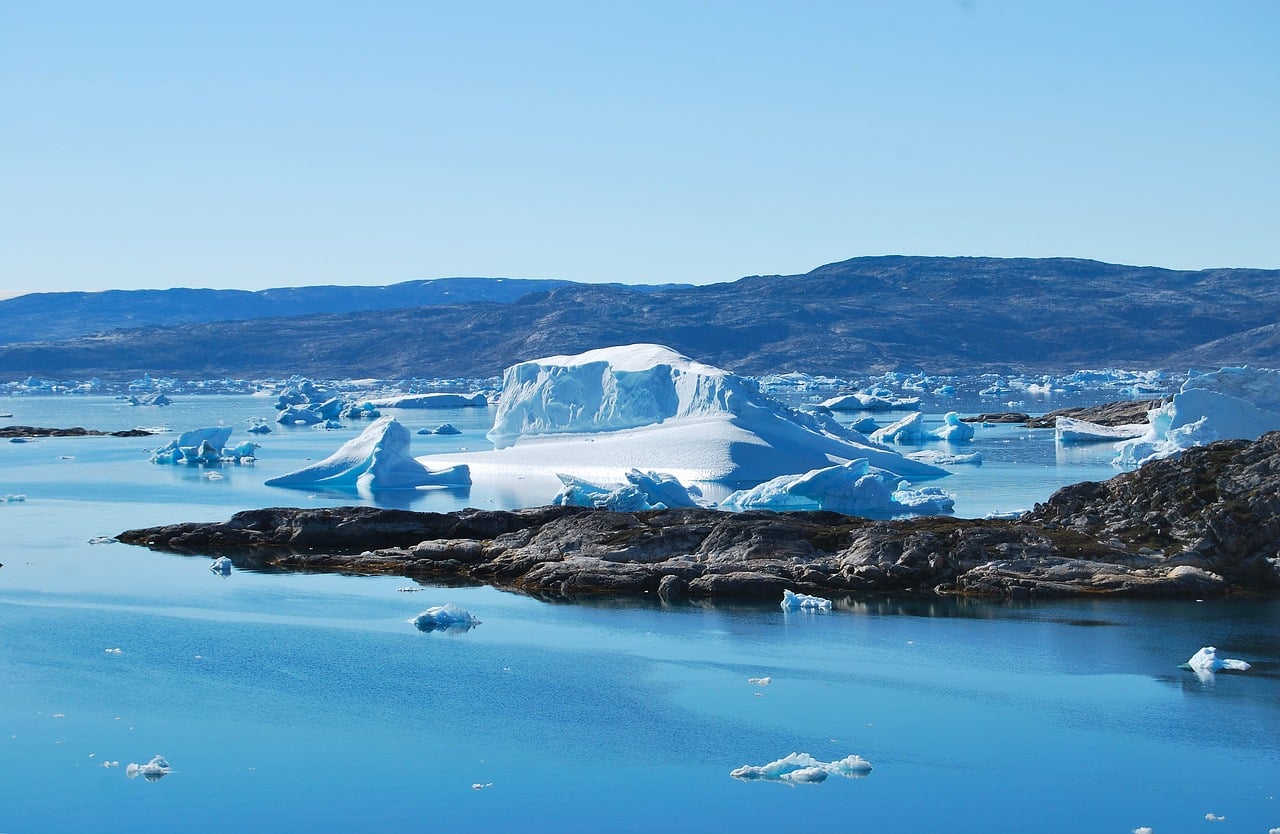Climate change is having a greater and greater impact on ice masses on the Earth, such as the Antarctic, Arctic and Greenland. According to a new study, Greenland’s ice is melting 6 times faster compared to the 1980’s. That said, massive ice loss contributes to higher sea levels around the world and it threatens coastal cities around the globe.
There are between 40% to 50% of the planet’s population living in cities by the coast. Those cities are vulnerable to the rise in sea level, it says in the study published in the Proceedings of the National Academy of Sciences. That said, many great cities by the ocean, including New York, Miami, Los Angeles, Tokyo and Mumbai, could be exposed to this natural catastrophe from the rising sea level.
A group of researchers recreated the mass balance of the Greenland Ice Sheet and compared its current ice loss to the ice loss in the last 46 years. The model shows how much ice has been let into the ocean as well as calculates the overall accumulation of snowfall. Researchers found that Greenland’s ice is melting 6 times faster compared to the last century.
“We wanted to get a long precise record of mass balance in Greenland that included the transition when the climate of the planet started to drift off natural variability, which occurred in the 1980s,” study co-author Eric Rignot told CNN. “The study places the recent (20 years) evolution in a broader context to illustrate how dramatically the mass loss has been increasing in Greenland in response to climate warming.”
Rignot who is a professor of Earth system science at the University of California further told the publication that glaciers are flowing faster and then breaking into smaller icebergs that flow into the ocean.
“As glaciers will continue to speed up and ice/snow melt from the top, we can foresee a continuous increase in the rate of mass loss, and a contribution to sea level rise that will continue to increase more rapidly every year,” Rignot said.
Ever since the recording started in 1972, Greenland’s ice loss contributed to the global sea level increase of 13.7 millimeters (about half an inch). Previous studies have found that there are similar relations to the ice loss on Greenland, attributing the mass loss to the greenhouse gas emissions, urging governments to take action to reduce the emissions and stop the climate change.
The study from December published in the journal Nature, found that Greenland’s ice sheets are melting at an “unprecedented rate,” compared to the past decades, finding that the ice loss is 50% higher compared to the pre-industrial era and 33% above the 20th-century level. Different research shows that ice sheets on Greenland have enough water to raise the sea level by 23 feet.





